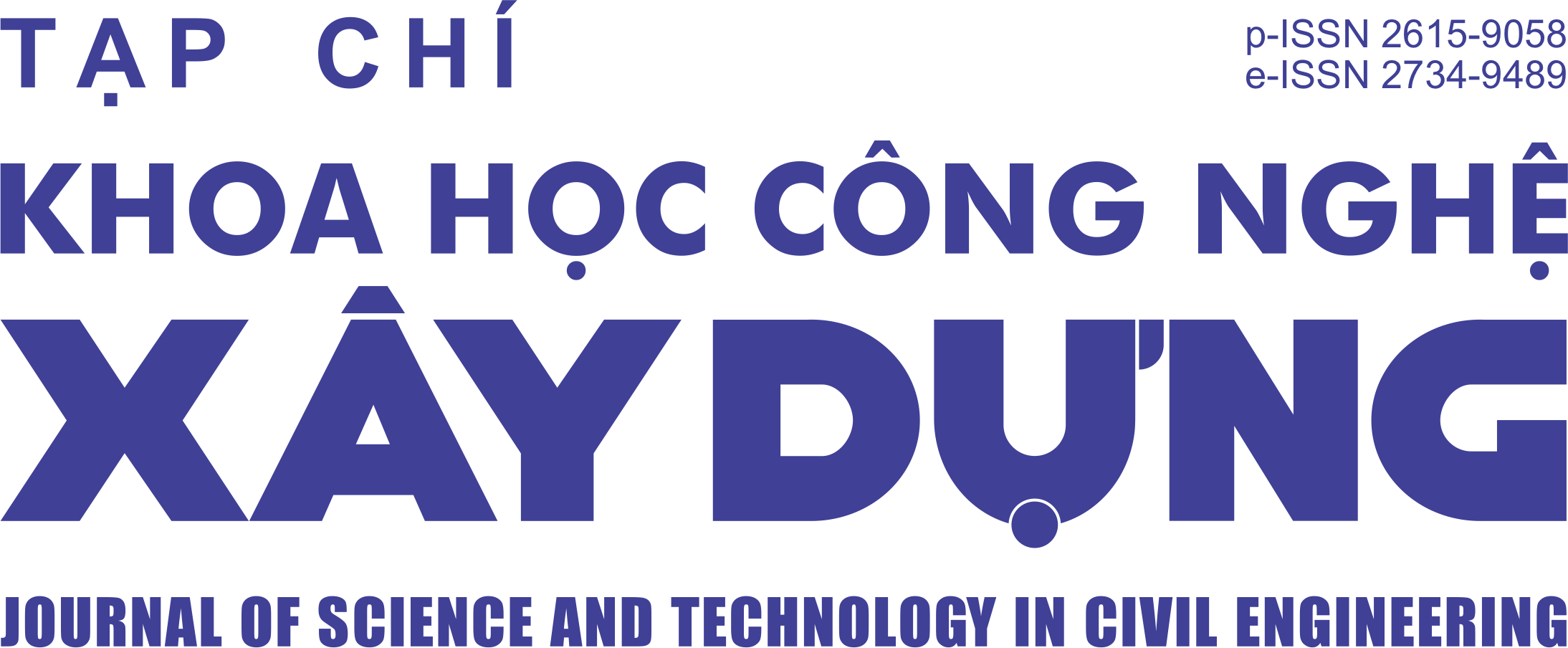Comparison of energy consumption, CO2 emissions between normal concrete and UHPC in rural bridge application
Abstract
Due to its outstanding mechanical properties and durability, Ultra High-Performance Concrete (UHPC) has
been gradually used for different types of structures in recent years. However, the analysis of environmental impacts and the assessment of the overall sustainability performance of UHPC applications is quite limited.
This study presents the results of determining the total energy embodied and CO2 emissions causing the greenhouse effect of a rural bridge using UHPC compare to the normal concrete (NC) one by the life-cycle analysis (LCA) method. Environmental impacts are comprehensively considered at all stages from material production; materials and structures transportation; in-situ construction and installation; maintenance and repair during the service life; and finally demolished at the end of the project’s life. The analysis shows that the UHPC application in rural bridge construction can reduce the total volume of materials used by 40-58%, lower 65% total energy consumption and eliminate up to 76% CO2 emissions compared with a conventional concrete bridge. The results also confirm that using UHPC is a viable technical and eco-friendly option for rural bridge construction in Vietnam.
Downloads
Copyright (c) 2023 Hanoi University of Civil Engineering

This work is licensed under a Creative Commons Attribution-NonCommercial-NoDerivatives 4.0 International License.
1. The Author assigns all copyright in and to the article (the Work) to the Journal of Science and Technology in Civil Engineering (JSTCE) – Hanoi University of Civil Engineering (HUCE), including the right to publish, republish, transmit, sell and distribute the Work in whole or in part in electronic and print editions of the Journal, in all media of expression now known or later developed.
2. By this assignment of copyright to the JSTCE, reproduction, posting, transmission, distribution or other use of the Work in whole or in part in any medium by the Author requires a full citation to the Journal, suitable in form and content as follows: title of article, authors’ names, journal title, volume, issue, year, copyright owner as specified in the Journal, DOI number. Links to the final article published on the website of the Journal are encouraged.
3. The Author and the company/employer agree that any and all copies of the final published version of the Work or any part thereof distributed or posted by them in print or electronic format as permitted herein will include the notice of copyright as stipulated in the Journal and a full citation to the Journal as published on the website.







